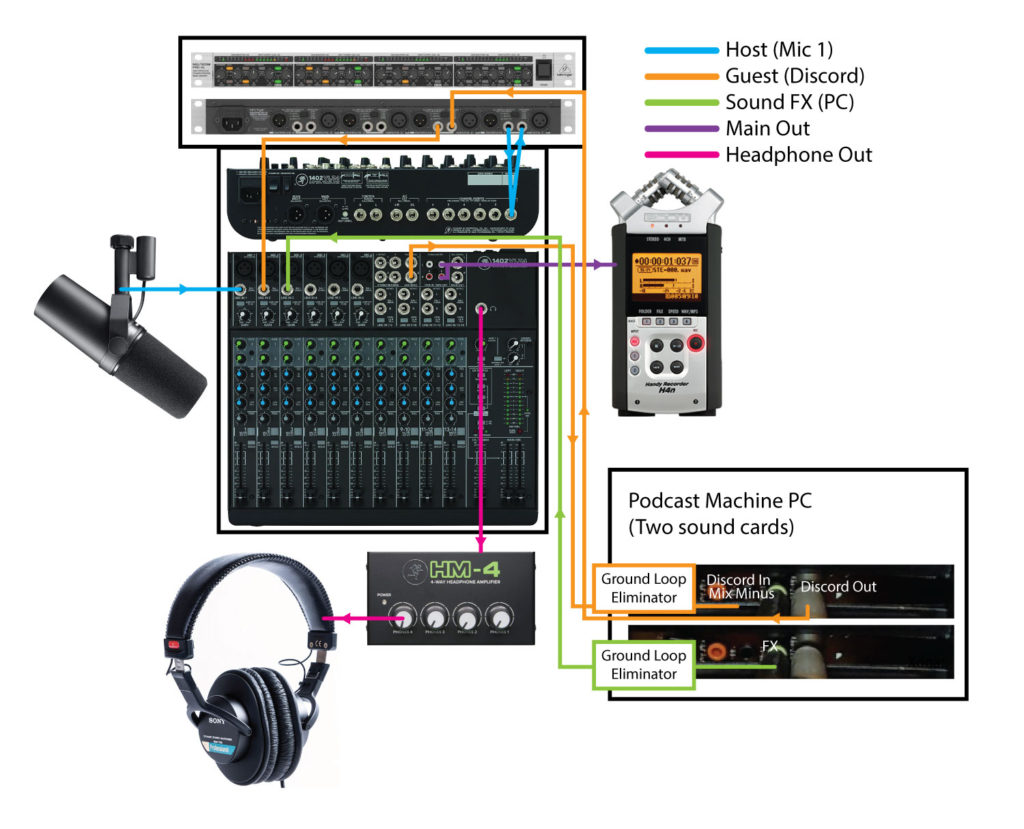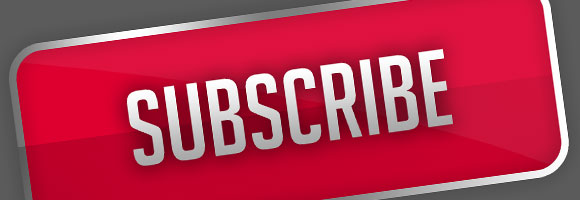
This article contains affiliate links. If you buy something, I get a little money. You know how it works.
I get this question a lot so I thought I’d write up a post that would explain how to start a podcast. I’m going to assume that most folks want to do their podcast for as little money as possible. I will begin with low-cost/free options and then go up from there. If you’d like to know my own setup and how I podcast click here: How I Podcast 2019
What is a podcast?
A podcast is an audio file (mp3 typically) that folks can access through an RSS feed. To have your own podcast you’ll need:
- Microphones & Headphones
- Computer or recording device
- Audio editing software (to edit, compress and tag your podcast audio file)
- Media hosting (a place to keep your mp3 files online)
- A website (to host your RSS feed).
Podcasting for (close to) free.
If you’re looking to podcast for with nearly no budget, this is possible. There are compromises you’ll have to make and you may not have as much control as you’d like over your media, but free is free.
- Microphones & Headphones
- Use headset microphones (under $30 on Amazon). You’ll be combining two of your needs into one.
- Or use a single mic, like the Snowball, and use wired Studio Headphones.
- Computer or Recording Device
- Use your computer or laptop to record audio using either USB or the Mic In and Headphone jacks.
- Audio editing software
- You can use Audacity to record, edit and compress (from wav to mp3) your audio file.
- You can use MP3tag to edit the tags for your mp3 file. You’ll be editing the Title, Artist, Album, Year, Track, Genre, Description (Comment) and Show Art. (Click here for more information on using MP3tag.)
- Media Hosting & Website
- Use a free service like Talkshoe to host your files and generate your RSS feed.
Podcasting with a budget
If you’ve got some money you can do a little better. See my article on Equipment Suggestions for a Basic Podcasting Kit
The Recording Process
- Record your audio. Save the completed file to your computer.
- Edit the audio file using the editor of your choice. This can include removing dead space before and after the episode, removing “um’s” and “ah’s” or adding sound effects.
- Save your file as an mp3.
- Use MP3tag to set your mp3 tags.
- Upload your file to your hosting service.
- Add your episode to your RSS feed.
How to get your podcast on iTunes
- Log in to iTunes Connect.
- Submit your RSS feed.
- Copy your iTunes URL for future use.
If you have further questions ask away. Also check out the other posts I’ve done on podcasting.





